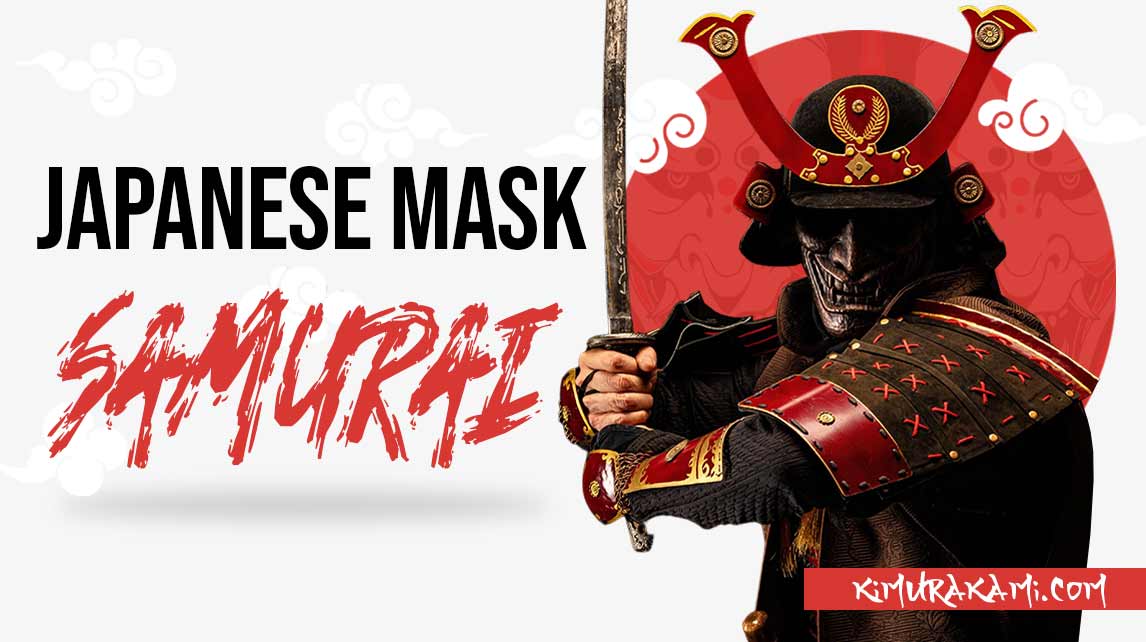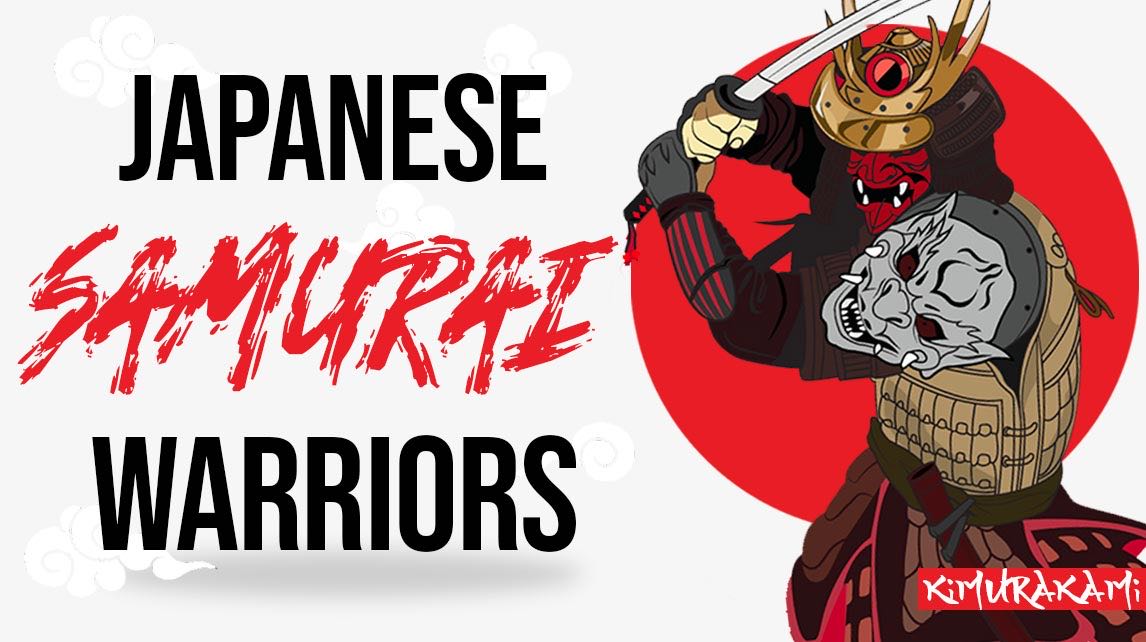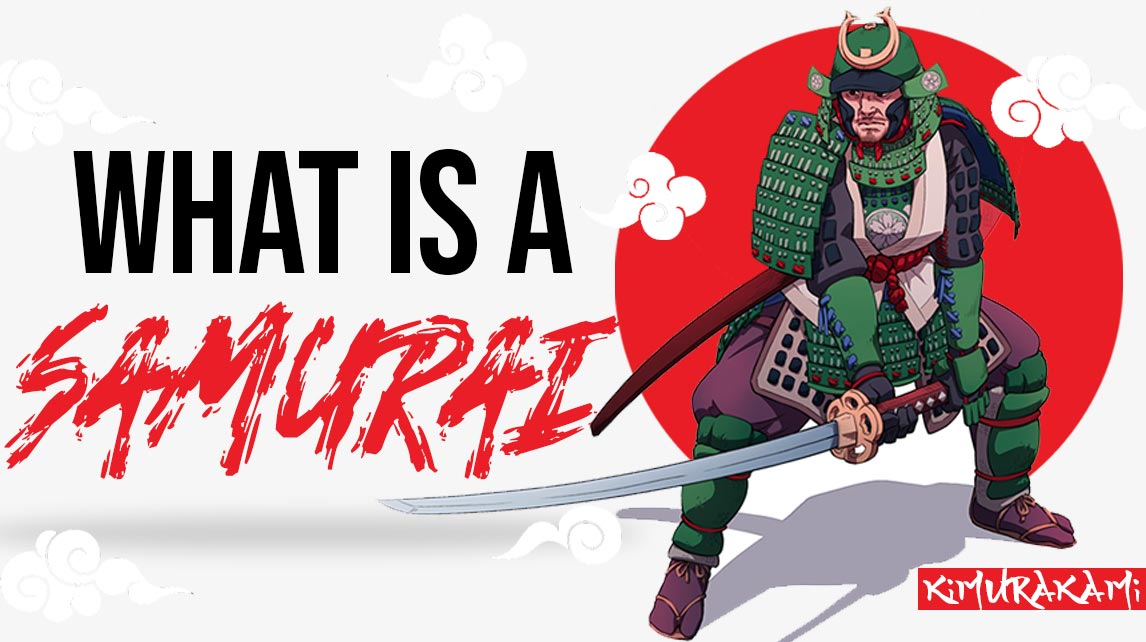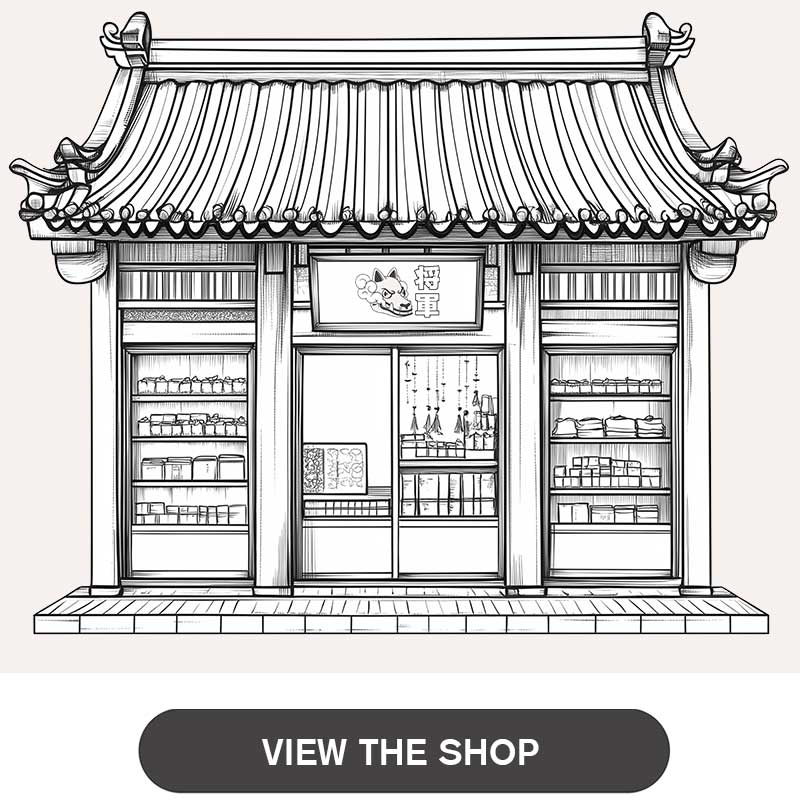Are you drawn to the samurai, the elite soldiers of feudal Japan who wore scary masks? Want to know more about these famous masks?
Masks have always been sacred to the Japanese. For as long as we can remember, they have reallyƒ integrated the mask into various performances and their way of life.
During EDO feudal era, Japanese warriors wore as a mempo samurai mask with a Kabuto helmet during battles. The soldier's armor was supposed to scare off opponents. It was even said that the oni mask contained spirits to strike terror into the hearts of enemies.
What is the reality of this? That's what we're going to find out.
Who were the samurai?

Japanese warriors were loyal warriors who spent their entire lives serving and protecting their master. Their behavior was governed by honor.
1. The origins of the samurai
The early samurai were people trained to protect high-ranking members of the imperial court. Etymologically, "samurai" comes from the verb saburau which means "to serve someone."
When the aristocracy weakened and power began to be given to warriors, the people who fought and led battles were called samurai.
From the late 15th century to 1603, when the Edo era began, anyone could become a samurai through battlefield service.
2. The transformation of Japanese warriors

A particularly harsh social system was created during this period. This system separated people into peasants, merchants, etc. and the samurai were the upper class. They were even considered the warrior elite of Japan.
3. The Way of the Warrior (Bushido)
With the onset of the Edo period, samurai were no longer required to fight on the battlefield, but their philosophy, known today as Bushido was passed down from generation to generation.
The mantras of Bushido were:
- "Devote your life to the fulfillment of your actions and responsibilities"
- "Serve your lord, even to the point of sacrificing your life"
- "Be ready to give your own life in case of failure"
This last act included the act of seppuku, in which the samurai would commit suicide by cutting his abdomen if he suffered a serious failure or if his lord perished. It was their way of not letting themselves be beaten completely by the enemy, a way of keeping control to the end.
Samurai masks
The mask is part of the armor of the samurai, which apart from protecting the soldier's face in battle, also serves the function of scaring the enemy.
Nowadays, these masks are even more terrifying, because over the years, they have been added whiskers, fangs and a closed, evil look.
1. The leitmotif of the samurai mask
Samurai were brave warriors full of honor. They wielded their swords for their lord and preferred death to dishonor.
Samurai masks are very popular in the tattoo world. Moreover, in the symbolism of tattoos, they represent a rather strong mantra which is the following:
- Honor, Loyalty, Strength, Bravery and Sacrifice
This meaning is not far from what these swordsmen represent in Japanese culture: a good samurai follows Bushido, the way of the warrior, with righteousness.
He feels great loyalty to his lord and fights with all his might to honor his ancestors.
2. Types of masks of the Japanese warrior

The Japanese samurai mask was part of the armor. He was referred to as Menpō (or Mengu, Mempo or still Katchu Men). Men-yoroi is the term used to describe the protective and decorative facial armor worn by Japanese samurai.
Under the title men-yoroi, there are many types of samurai masks, including:
- Somen - face completely covered, leaving just holes for the eyes. This was the mask employed on the battlefield.
- Menpō - basic mask, the face was covered from the bottom to under the eyes.
- Hanbo (Hanpo) - protected only the mouth and jaw.
- Happuri - covered the forehead and cheeks in the manner of a boxing helmet.
Beyond their purely "practical" aspect that was theirs, the masks have a real artistic value that is worth admiring.
3. Characteristics of the mempo mask

The first samurai masks were quite simple, but were later customized by the most powerful warriors to be easily recognizable by their enemies.
Among these masks, many featured a combination of iron and leather, while others sported lacquered finishes with additional details. Details such as detached noses, mustache hair, or false teeth that served to accentuate their fierce look.
The paraphernalia was thus made to frighten the opponent. It was all the more effective as the warrior's gaze remained well hidden in the shadows. This added even more to the ghostly appearance of that inexpressive face that could kill at any moment, with a single blow.
If you look closely, you can imagine how coming face to face with these masks must have instilled fear in even the bravest warriors.
Bushido: follow the way of the warrior!

You've just had an overview of what constitutes a samurai mask, from the origins to the code of honor that Japanese warrior had to abide by, to the various protections offered by the masks.
You can probably gauge a little better the importance of what was "hidden" behind a samurai mask, and what it still represents today in the imagination, including strength, loyalty and a sense of sacrifice.
If these qualifiers resonate with you and the aesthetics of these masks appeal to you, then discover the TOP 15 TRADITIONAL JAPANESE MASK (kitsune mask, Oni mask, Tengu mask, kabuki mask etc...)








Leave a comment